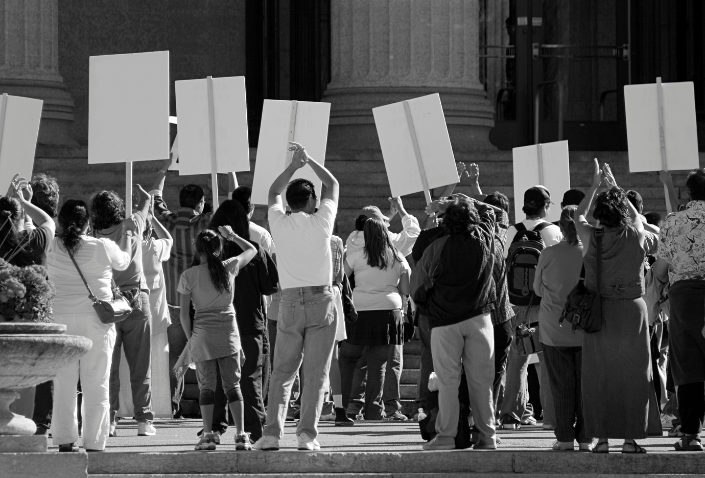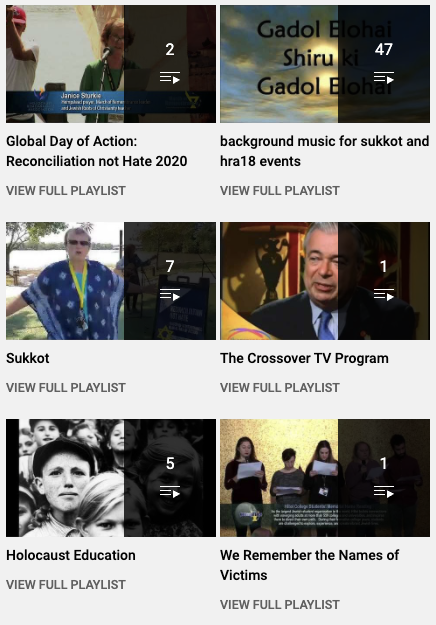After last spring’s sickening displays on college campuses, and the resultant congressional hearings, this school year many universities are seeking to do more to protect Jewish students, or at least to appear to do more. Northwestern University saw some especially ugly student protests, which included a poster depicting the school president Michael Schill with horns and with his face dripping blood. But Northwestern’s newest policies, writes Tal Fortgang, are unlikely to make much of a difference, although they are likely to serve as a model for other schools:
Schill announced that Northwestern would provide “expanded resources” and “educational opportunities” to combat “anti-Semitism, Islamophobia, and other forms of hate.” At the heart of the plan: “Mandatory trainings on anti-Semitism and other forms of hate will be used in September at incoming student orientation and over the fall quarter for all returning students.”
Even leaving aside Northwestern’s inability to admit that it has a specific and ongoing problem with Jew hatred, the plan demonstrates that the school, like so many others, fundamentally misunderstands or refuses to confront the particular brand of anti-Semitism now infecting elite institutions. Consider the students or faculty responsible for caricaturing Schill as a bloodthirsty demon. They may or may not have known that they were invoking anti-Semitic tropes. But their motives were ideological: they believed no one, in good faith, could support what they believe is a “settler-colonialist” and “genocidal” Zionist entity.
To the vandals, no good-faith disagreements could be had about the history of the region and competing claims to the land. Rather, they believed that Schill is an apologist for colonialism and genocide, who sides with the oppressors out of sheer venality.
The best way for colleges to deal with their anti-Semitism problem—aside from having a zero-tolerance policy for students who engage in organized rule-breaking—is to stop teaching that all conflict should be viewed through the lens of oppression analysis.

